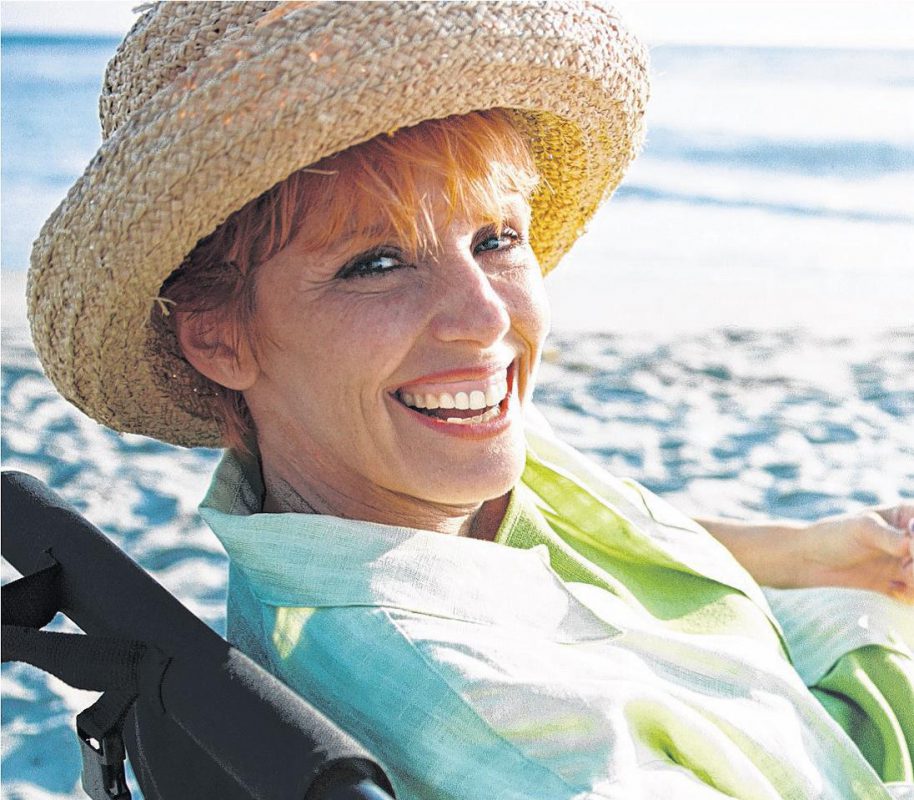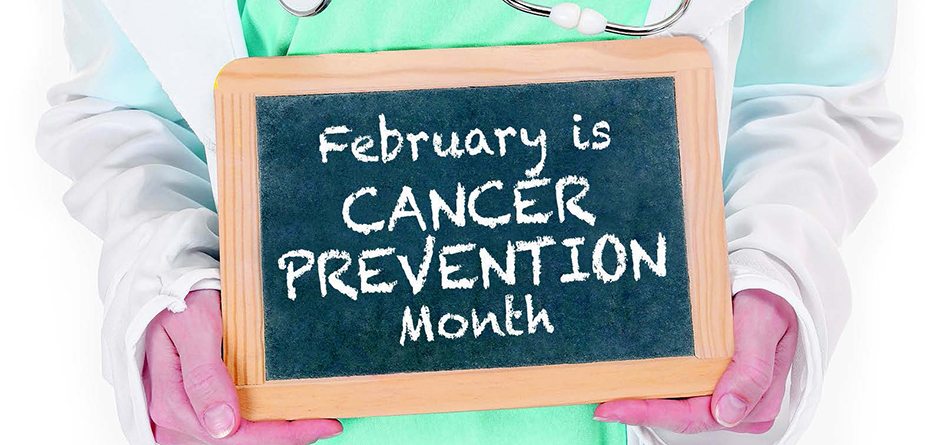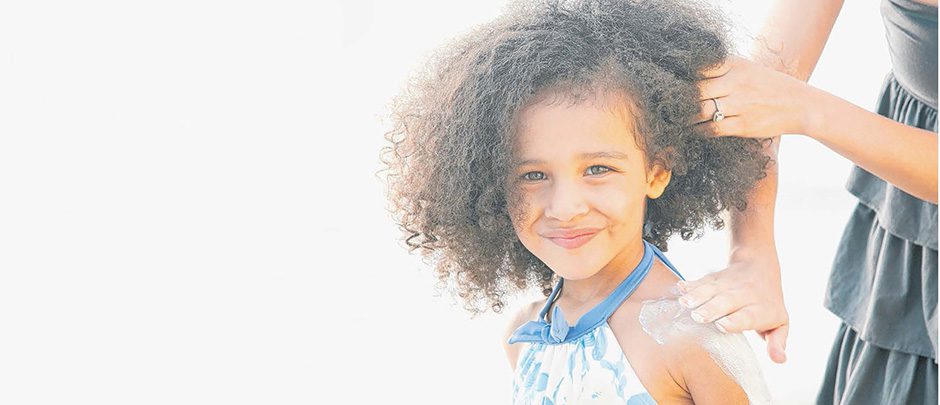
[This piece was written by Diane M. Keasbey, RN, OCN, Community Outreach Nurse at St. Peter’s Cancer Care Center.]
When heading outdoors, it is always good to remember to “Slip, Slap and Slop” – slip on a t-shirt, slap on a broad-brimmed hat and sunglasses, and slop on some sunscreen. Taking a few extra minutes each day to prepare for your time in the sun translates to a lifetime of benefits.
The sun has 3 types of UV (ultraviolet) rays – UVA; UVB and UVC. UVA rays always have the same intensity throughout the year, while UVB rays are more intense during the summer months. UVC rays are the strongest and most dangerous but are filtered by the atmosphere’s ozone layer and do not reach the Earth.
UVA rays penetrate the skin’s layers more deeply than UVB rays, but UVB rays are stronger and the primary cause of sunburn, skin cancer and cataracts. Both UVA and UVB rays can cause sunburn, premature aging and wrinkling of the skin.
When excessive UV rays penetrate the epidermis (the skin’s outer layer), melanin is produced as a response to the injury – also known as a tan. Tanning, whether through naturally-occurring UV rays or artificially-produced ones in a tanning bed, to improve appearance is ultimately self-defeating, as it damages your skin and this damage accumulates over time. This accumulated damage, in addition to accelerating the aging process and causing wrinkling and age spots, also increases your risk for all types of skin cancer.
To protect your skin from harmful UV rays the American Academy of Dermatology recommends using a sunscreen that is waterproof and has a Sun Protection Factor (SPF) of at least 30.
SPF is a measure of a sunscreen’s ability to prevent UVB rays from damaging the skin. Here’s how it works: If it takes 10 minutes for your unprotected skin to start turning red, using an SPF 15 sunscreen theoretically prevents reddening 15 times longer — about 150 minutes.
Another way to look at it is in terms of percentages: SPF 15 filters out approximately 93 percent of all incoming UVB rays. SPF 30 keeps out 97 percent and SPF 50 keeps out 98 percent. They may seem like negligible differences, but if you are light-sensitive, or have a history of skin cancer, those extra percentages will make a difference. And as you can see, no sunscreen can block all UV rays.
Sunscreen breaks down and rubs off with normal wear, swimming and sweating, so remember that it needs to be re-applied approximately every two hours.





